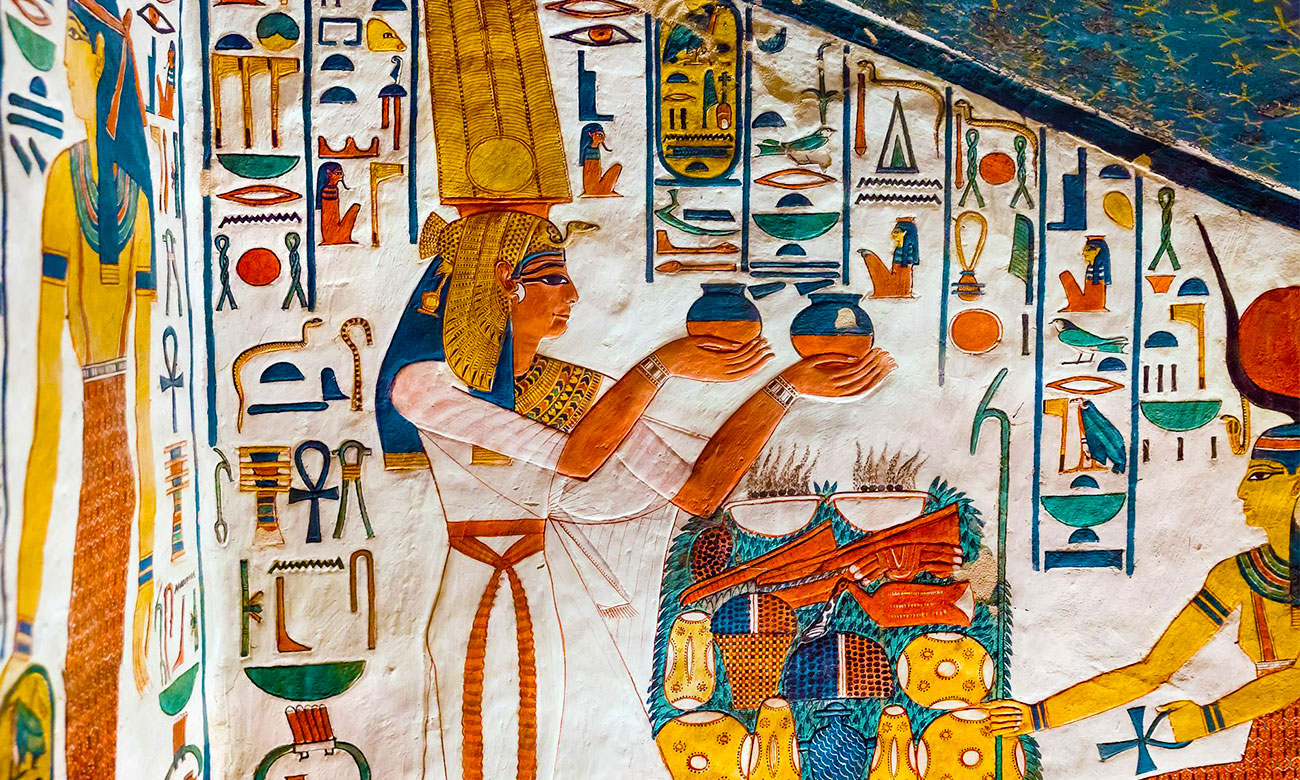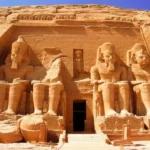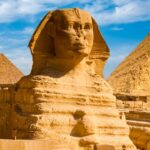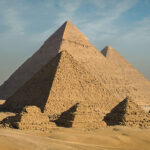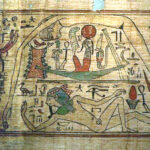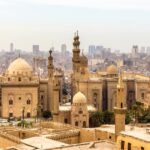
Ancient Egyptian Arts and Culture
Overview of Ancient Egyptian History
The history of Ancient Egypt spans over 3,000 years, captivating many with its rich tapestry of rulers, dynasties, and monumental achievements. From the unification of Upper and Lower Egypt by Narmer to the grandeur of the Pyramids, every era produced influential leaders and remarkable innovations.
Significance of Arts and Culture in Ancient Egypt
In Ancient Egypt, arts and culture were essential, not just for aesthetic value but also for religious and societal purposes:
- Religious Expressions : Temples and tombs were adorned with intricate artwork to honor gods and guide souls to the afterlife.
- Cultural Identity : Crafts and hieroglyphics solidified a collective identity, showcasing the values and beliefs of Egyptian society.
When visiting a museum featuring Ancient Egyptian artifacts, one can appreciate how these artistic elements tell stories—stories rooted deeply in the hearts of a civilization that still inspires awe today.
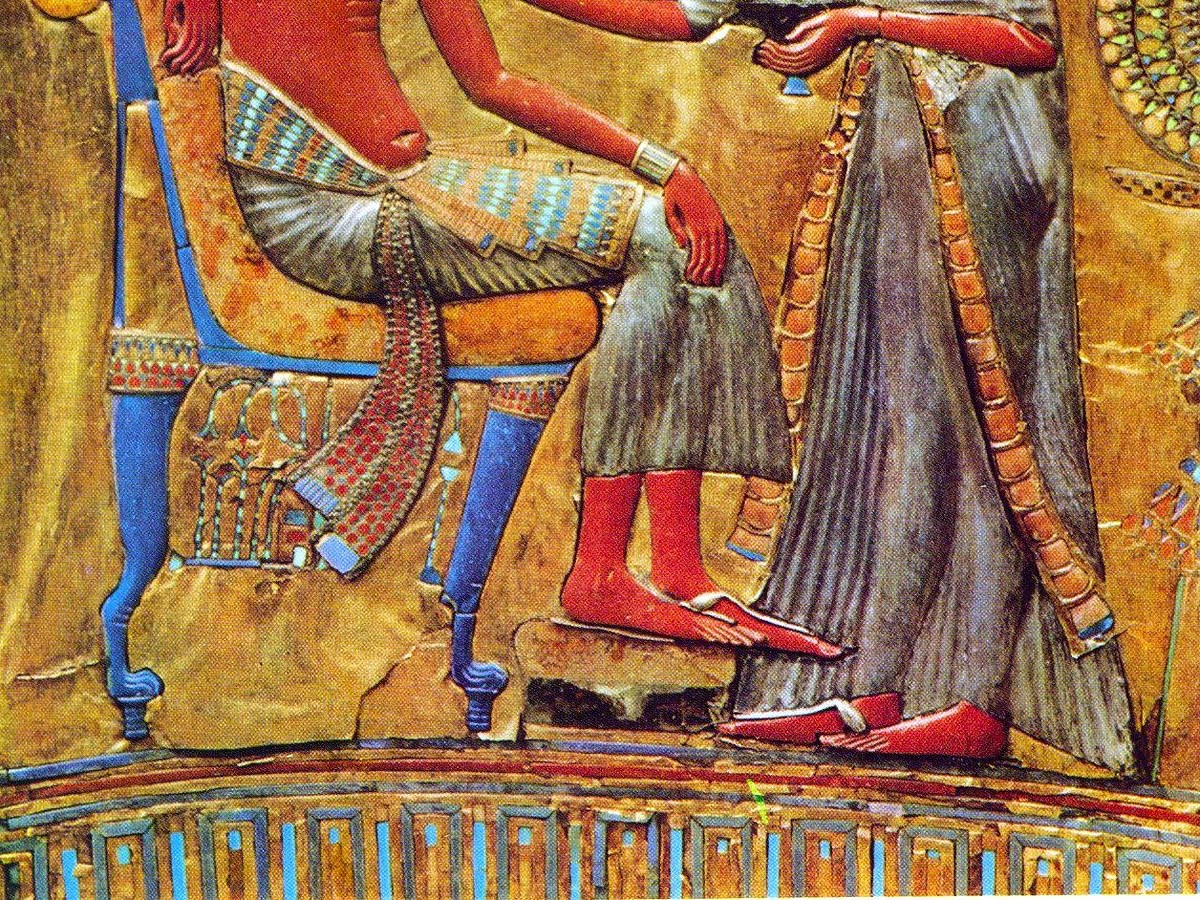
Visual Arts of Ancient Egypt
Hieroglyphics and Their Meaning
Transitioning from the rich history, one cannot overlook the beauty of Ancient Egyptian visual arts, especially hieroglyphics. This intricate system of symbols served as a written language and held profound significance. Each character represented sounds or ideas, crafting stories and religious texts that adorned temple walls and tombs.
- Symbolism : Hieroglyphs were not just letters but represented a connection to the divine.
- Communication : Used for everything from administrative records to monumental inscriptions, they encapsulated the essence of Egyptian life.
Sculptures and Statues
Sculptures and statues further exemplified the artistry of this civilization. Crafted with precision, they depicted deities, pharaohs, and everyday life, leaving behind a legacy of craftsmanship.
Visitors often feel a sense of awe standing before these life-sized representations, reflecting the belief in the afterlife. Notably:
- Materials : Stone, wood, and metals were commonly used, each chosen for durability and beauty.
- Purpose : Statues served both decorative and spiritual functions, often placed in temples or tombs as offerings to the gods.
These visual arts encapsulated the cultural richness of Ancient Egypt, inviting us to explore a world of imagination and reverence.

Performing Arts in Ancient Egypt
Music and Dance
Building on the visual splendor of Ancient Egyptian arts, the performing arts offered a vibrant glimpse into daily life and spirituality. Music and dance were deeply woven into the fabric of society, often performed during religious ceremonies, festivities, and royal events.
- Instruments : Harps, flutes, and percussion instruments created a unique soundscape.
- Dance : Movements were fluid and expressive, reflecting joy, celebration, or reverence through rhythmic gestures.
Hearing stories of ancient performances brings a sense of connection to those time-honored traditions.
Theater and Festivals
In addition to music and dance, theatrical performances flourished, especially during festivals honoring the gods. These events were colorful spectacles, engaging the community in celebration and unity.
- Dramatic Performances : Often involved reenactments of mythological tales, embodying mortality and divine tales.
- Festivals : Events like the Opet Festival blended music, dance, and drama, enchanting those who participated.
The lively atmosphere of these gatherings not only entertained but also strengthened cultural bonds, reflecting the essence of Ancient Egyptian life.

Influence of Egyptian Arts and Culture
Impact on Modern Art and Architecture
As the rhythmic beats of Ancient Egyptian performing arts resonate through history, their influence stretches far beyond the past, permeating modern art and architecture. Contemporary artists and architects frequently draw inspiration from the striking designs and symbols of ancient Egypt.
- Architecture : The grandeur of pyramids inspires skyscrapers and monuments today.
- Art : Artists incorporate hieroglyphics and motifs to evoke cultural nostalgia and philosophical depth.
Witnessing modern adaptations of these forms can create a dialogue between the past and the present.
Cultural Festivals and Exhibitions
Cultural festivals and exhibitions continue to celebrate this legacy, highlighting Egyptian arts on global platforms. Events such as art fairs and museum exhibitions showcase ancient artifacts alongside modern interpretations.
- Engagement : These events invite discussions about history and creativity.
- Community : They bring people together, fostering appreciation for Egyptian heritage.
Participating in such festivals can offer a unique opportunity to connect with both ancient and contemporary expressions of art, enriching one’s understanding of this influential culture.
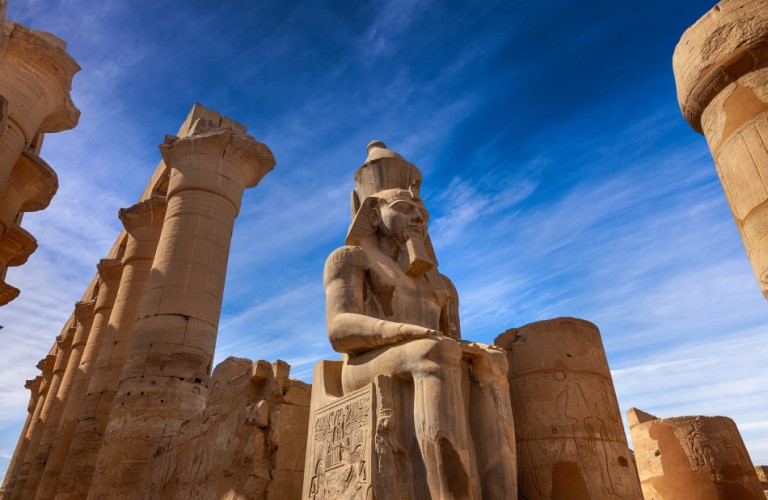
Preservation and Conservation Efforts
Challenges in Preserving Ancient Egyptian Artifacts
Transitioning from the vibrant showcases of ancient Egyptian culture, the task of preserving fragile artifacts poses significant challenges. Environmental factors, pollution, and human interaction can jeopardize these historical treasures.
- Desiccation : Many materials, like wood and textiles, are sensitive to humidity.
- Damages : Even minor mishandling can lead to irreversible damage.
Experiencing the awe of these artifacts firsthand makes one truly appreciate the need for meticulous care.
Initiatives for Conservation and Restoration
In response, various initiatives strive to safeguard Egypt’s rich heritage. Museums and organizations have implemented innovative practices in conservation and restoration.
- Research Collaborations : Experts work together globally to develop preservation techniques.
- Public Awareness : Educational programs engage the community, spreading knowledge about the importance of artifacts.
These efforts not only aim to maintain the integrity of ancient works but also inspire future generations to cherish and protect the legacy of ancient Egypt.

Contemporary Egyptian Arts
Current Artistic Movements in Egypt
As the preservation and conservation efforts continue to thrive, contemporary Egyptian arts emerge as a dynamic blend of past and present. Today, a range of artistic movements is capturing the essence of modern Egyptian identity.
- Street Art : Murals in cities like Cairo convey social commentary and personal expression.
- Digital Art : Artists embrace technology, creating stunning visual narratives.
Engaging with these modern expressions often evokes a sense of pride and connection to Egypt’s storied past.
Fusion of Traditional and Modern Art Forms
An exciting trend within contemporary art is the fusion of traditional and modern elements. Artists frequently incorporate age-old motifs and techniques into innovative formats.
- Textiles : Traditional weaving styles meet contemporary designs, breathing new life into crafts.
- Music : Contemporary musicians blend traditional instruments with modern genres, creating an engaging soundscape.
This blend creates a rich tapestry that not only honors the past but also propels Egyptian culture into the future, allowing it to resonate with diverse audiences worldwide.

